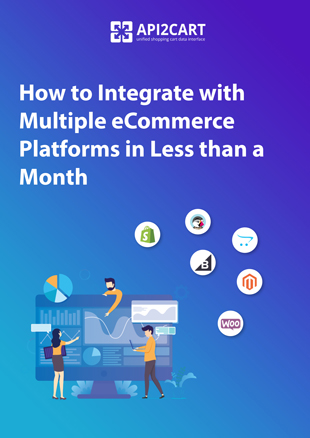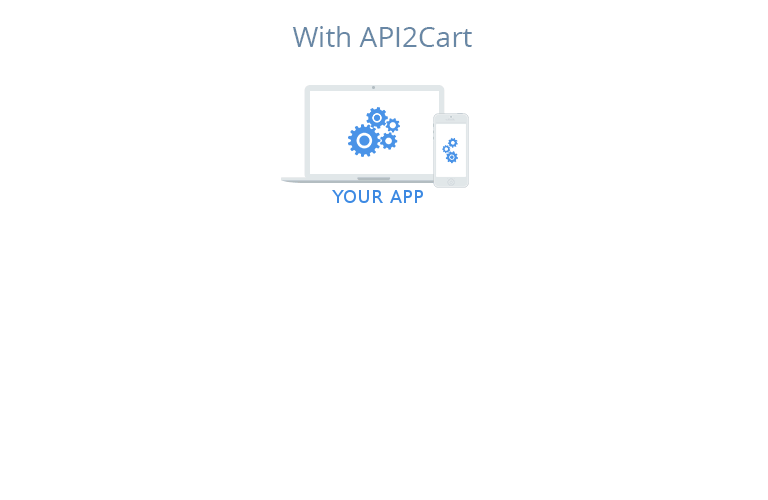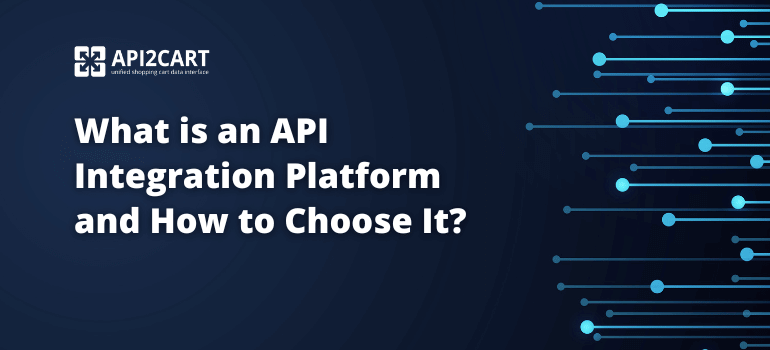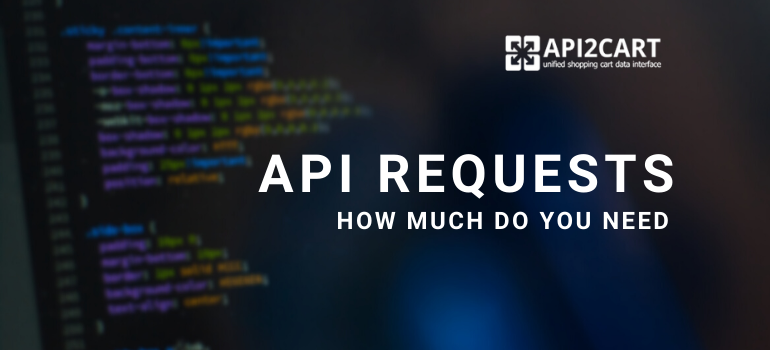
Looking for software for their companies business owners often face a difficult choice between closed source and open source software. The thing is that the choice is not always obvious, as each of the software has its particularities with a mix of advantages and disadvantages.
In this article we will get open source vs closed source explained and speak about their differences, but before it let's clarify what open source and closed source software are.
Open source software (OSS) refers to the software which uses the code freely available on the Internet. The code can be copied, modified or deleted by other users and organizations. As the software is open to the public, the result is that it constantly updates, improves and expands as more people can work on its improvement.
Closed source software (CSS) is opposite to OSS and means the software which uses the proprietary and closely guarded code. Only the original authors of software can access, copy, and alter that software. In a case with closed source software, you are not purchasing the software, but only pay to use it.

eCommerce Integration Development
Explore how to develop the integration with various eCommerce platforms in less than 30 days.For better understanding the peculiarities of open source software and closed source software, we have made a comparison of five basic aspects: pricing, security, support, source availability, and usability.
#1 Price Policy
Open source often referred as free of cost software. It can, however, have costs for extras like assistance, additional services or added functionality. Thus, you may still pay for a service with OSS.
Closed source software is usually a paid software. The costs can vary depending on the complexity of the software. While the price can be higher, what you get is a better product, full support, functionality and innovation. However, most companies provide free trials to convince the purchaser that their software is the right fit.
#2 Security
The question of security is very controversial as each software has two sides of the coin. The code of open source software can be viewed, shared and modified by the community, which means anyone can fix, upgrade and test the broken code. The bugs are fixed quickly, and the code is checked thoroughly after each release. However, because of availability, the source code is open for hackers to practice on.
On the contrary, closed source software can be fixed only by a vendor. If something goes wrong with the software, you send a request and wait for the answer from the support team. Solving the problem can take much longer than compared to OSC.
When it comes to choosing the most secure software, the answer is that each of them has its pros and cons. Thus, it is often a challenge for firms that work in a particular industry.
#3 Quality of Support
Comparing open source and closed source software support, it is obvious that CSS is predominant in this case. The costs for it include an option to contact support and get it in one business day in most cases. The response is well organized and documented.
For open source software, such an option is not provided. The only support options are forums, useful articles, and a hired expert. However, it is not surprising that using such kind of service you will not receive a high level of response.
#4 Source Code Availability
Open source software provides an ability to change the source code without any restrictions. Individual users can develop what they want and get benefits from innovation developed by others within the user community. As the source code is easily accessible, it enables the software developers to improve the already existing programs.
Сlosed source software is more restricted than open source software because the source code cannot be changed or viewed. However, such limitation is what may contribute to CSS security and reliability.
#5 Usability
Usability is a painful subject of open source software. User guides are written for developers rather than to layperson users. Also, these manuals are failing to conform to the standards and structure.
For closed source software usability is one of the merits. Documentation is usually well-written and contains detailed instructions.
Best Examples of OSS and CSS Shopping Carts
The market is full of open source and closed source shopping carts. The basic difference lies in the price. Open source shopping cart systems are free, whereas for closed source programs you will have to pay. With payment, you get customer support and confidence. Because open source shopping carts are free, they don't have such an option. However, their community on different forums is very active and always ready to help.
The benefits of open source solutions are primarily flexibility and scalability. You have full control over every aspect of your site's design, thanks to the open source code. When your business expands, and your monthly sales increase, you can embrace it without being charged more for increased sales volume.
Closed source software is easier to work with for beginners or those who don't know how to code. Also, closed source websites are easier and faster to set up out of the box.
The top open source shopping carts are Magento and OpenCart, and BigCommerce and Shopify are popular closed source platforms.
Closing Remarks
Each of the platform types has its own philosophy, methodology, advantages, and disadvantages. There is no univocal option as it depends on business needs. We hope this article will come in handy for you to make the right choice for your business.
In case you are interested in integration with e-commerce platforms, try it with API2Cart. It provides a single API to work with more than 40 shopping carts and marketplaces including Magento, Shopify, WooCommerce, BigCommerce, OpenCart, PrestaShop and others.
With API2Cart shopping platforms integration is easy
Integrate once, save 4-8 weeks and thousands of dollars on each integration.
Never worry about maintaining separate connections.

Please fill in the form to download your document:

How to Integrate with Multiple eCommerce Platforms in Less than a Month
Discover how to establish a connection with multiple eCommerce platforms in a short time.
Wait!
Before you go, download the guide on how to integrate with 40+ eCommerce platforms in less than a month!




Louis Paul
October 14, 2021 on 11:18 am
It has been of more help to my research
AntonioJer
December 29, 2021 on 1:20 am
Open source software, also known as OSS is software with source code available for anyone to inspect, modify, and enhance. That means open source allows easy access of source code to the general public that can be edited and re-released in a customized format.
AntonioJer
December 30, 2021 on 2:13 am
It uses the code freely available on the Internet. This code can be modified by other users and organizations means that the source code is available for anyone to look at. The price of open source software is very less and there is no so much restrictions on users based on usability and modification of software.